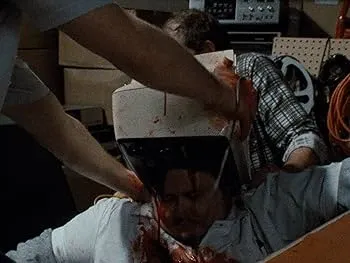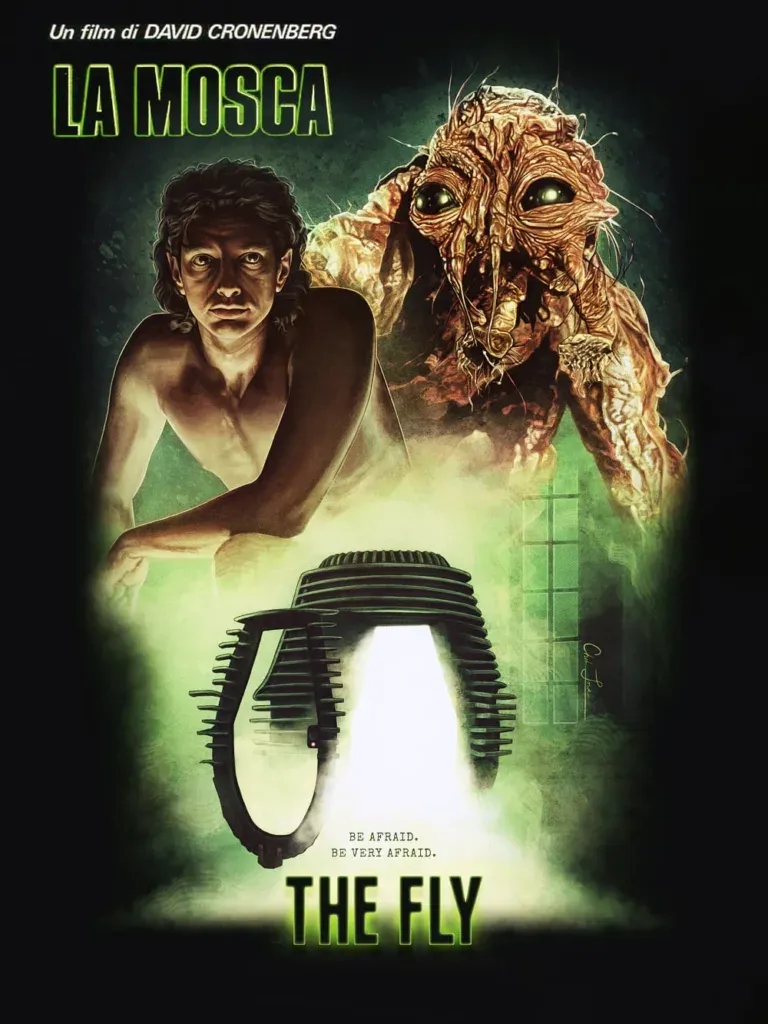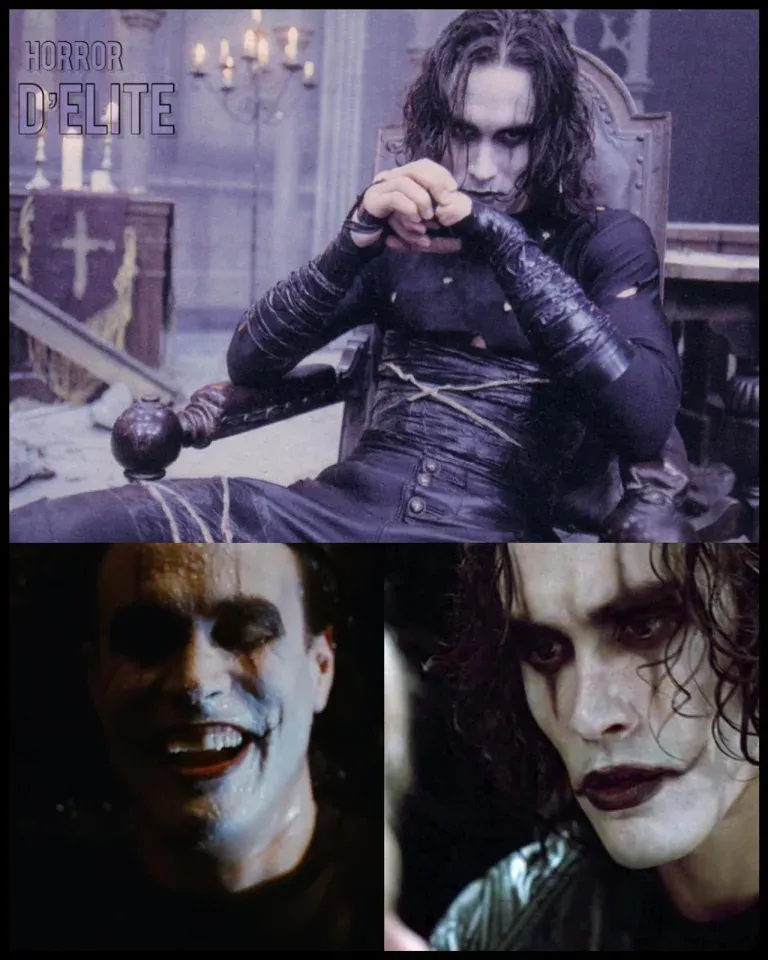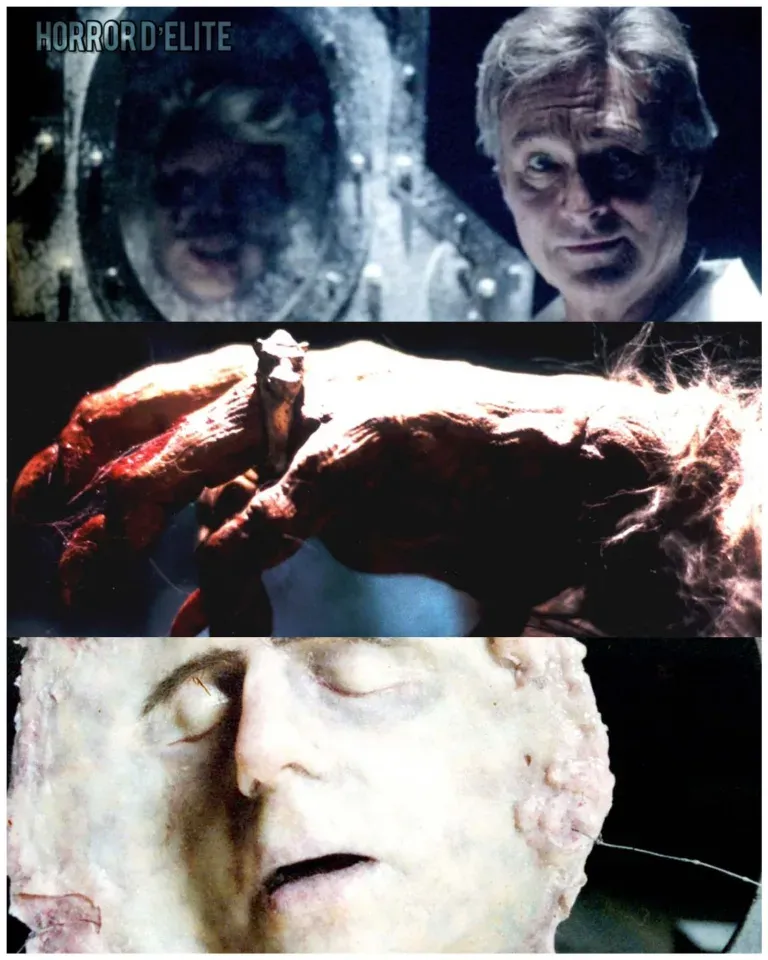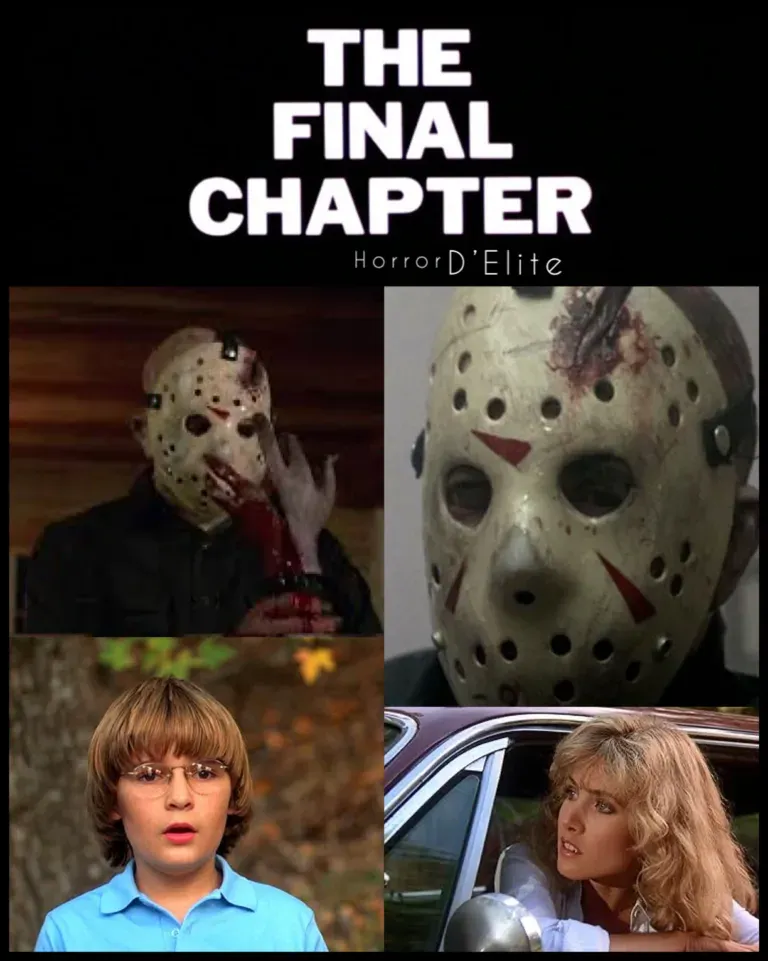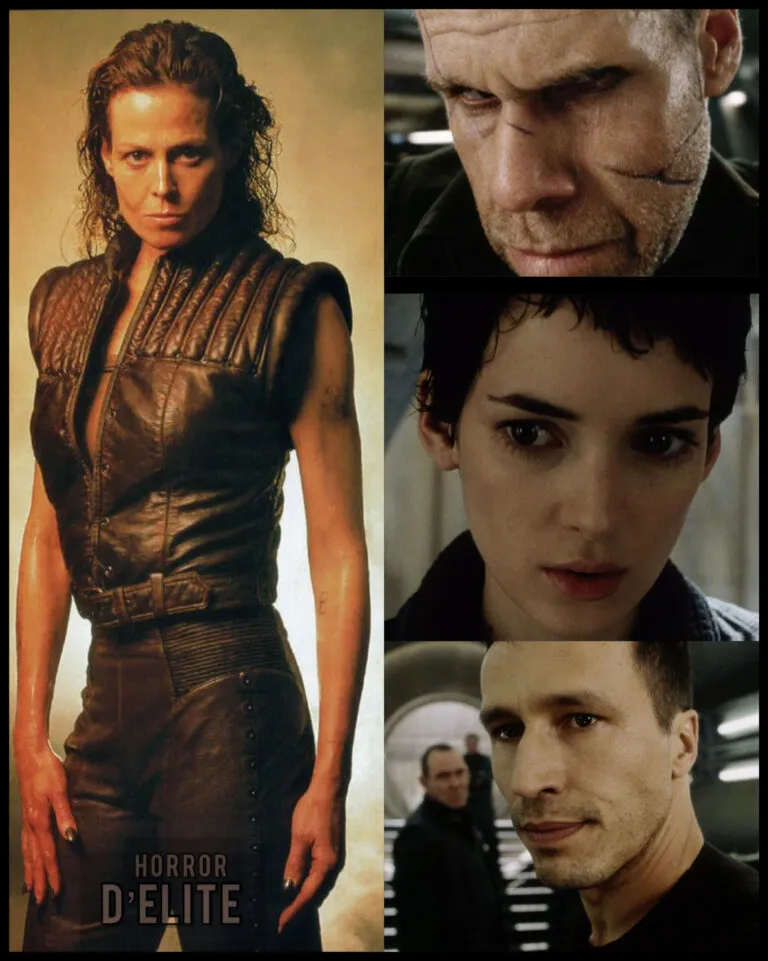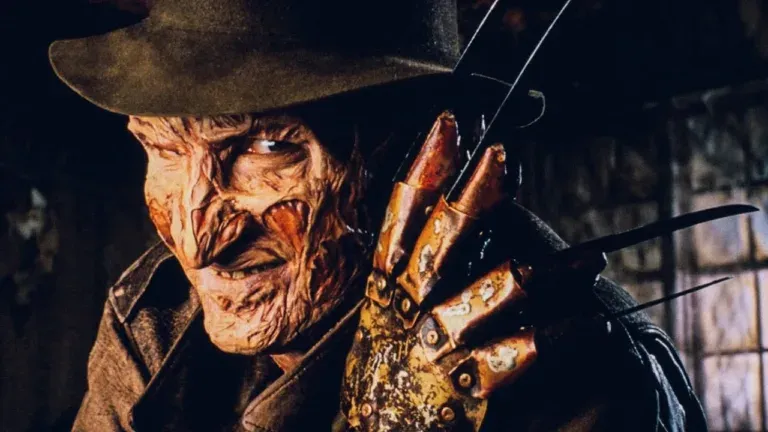Henry – Portrait of a Serial Killer
Henry – Portrait of a Serial Killer
Directed by John McNaughton
USA, 1986
PLOT
Henry is a solitary man who has served time in prison for the murder of his mother. Upon release, he becomes a ruthless and isolated serial killer until he meets Otis, a seemingly mild-mannered gas station worker. Otis soon reveals himself to be equally as brutal, and the two begin a murderous partnership. However, their dynamic changes when Becky, Otis’ sister, enters the picture.
CONSIDERATIONS
A violent and grim urban portrait, McNaughton presents the deranged actions of two serial killers, delving into their personalities and inner lives. Henry – Portrait of a Serial Killer is based on the real-life story of Henry Lee Lucas and remains one of the most disturbing and realistic depictions of serial killers in cinema.
The narrative style is documentary-like, with no flashy camera movements. It is precisely this serious and straightforward approach that makes the film even more unsettling and believable. We follow Henry, a victim of a degraded society, whose alienation has forced him to integrate into it by the only means he knows: violence. His casual discussions with Otis about the methods of killing people and remaining unnoticed are chilling and underscore the brutal reality of contemporary society.
There is little action in the film, and the directing style is static and almost documentary in nature. The violence and gore are present, and some scenes are particularly merciless. However, what is more frightening is the existential void and nihilism that permeate the characters. It is a bleak, grim, and philosophically challenging portrayal of the psyche of a serial killer, far beyond the typical slasher genre.
Michael Rooker delivers a standout performance as Henry, mesmerizing viewers with his expressions and body language, portraying a man completely detached from morality and empathy. The film shows life and death in their most raw and brutal forms, with scenes of mutilation, beheadings, shootings, stabbings, and strangulation in a vast array of methods.
Despite a low budget, Henry stands as an exemplary work of horror-thriller cinema, achieving significant heights through simple and effective writing and direction. The final explosion of violence and the concluding scene scream the hopelessness in the face of homicidal madness, a theme hinted at from the beginning.
The film is loosely based on the real-life murders committed by Henry Lee Lucas, who confessed to killing as many as 600 people, many alongside Ottis Toole (who was Becky’s uncle in real life).
PANDEMONIC MOMENT
After their TV breaks, Henry and Otis head to a store to buy a new one. Inside the store, they bully the salesman, smashing a TV on his head before electrocuting him by plugging the TV in. They record the entire event using a camera stolen from the shop.
Iscriviti al nostro canale YouTube

